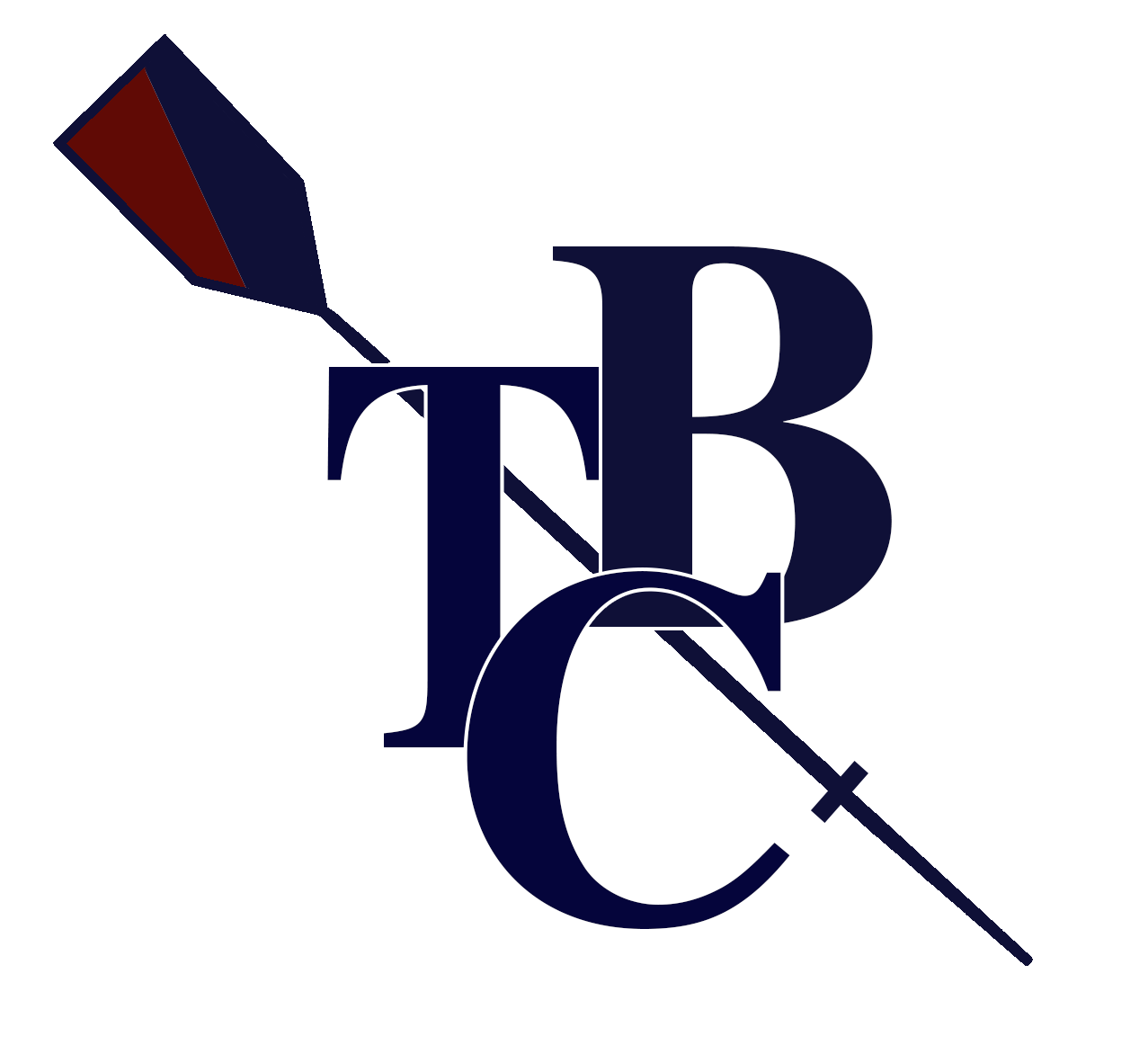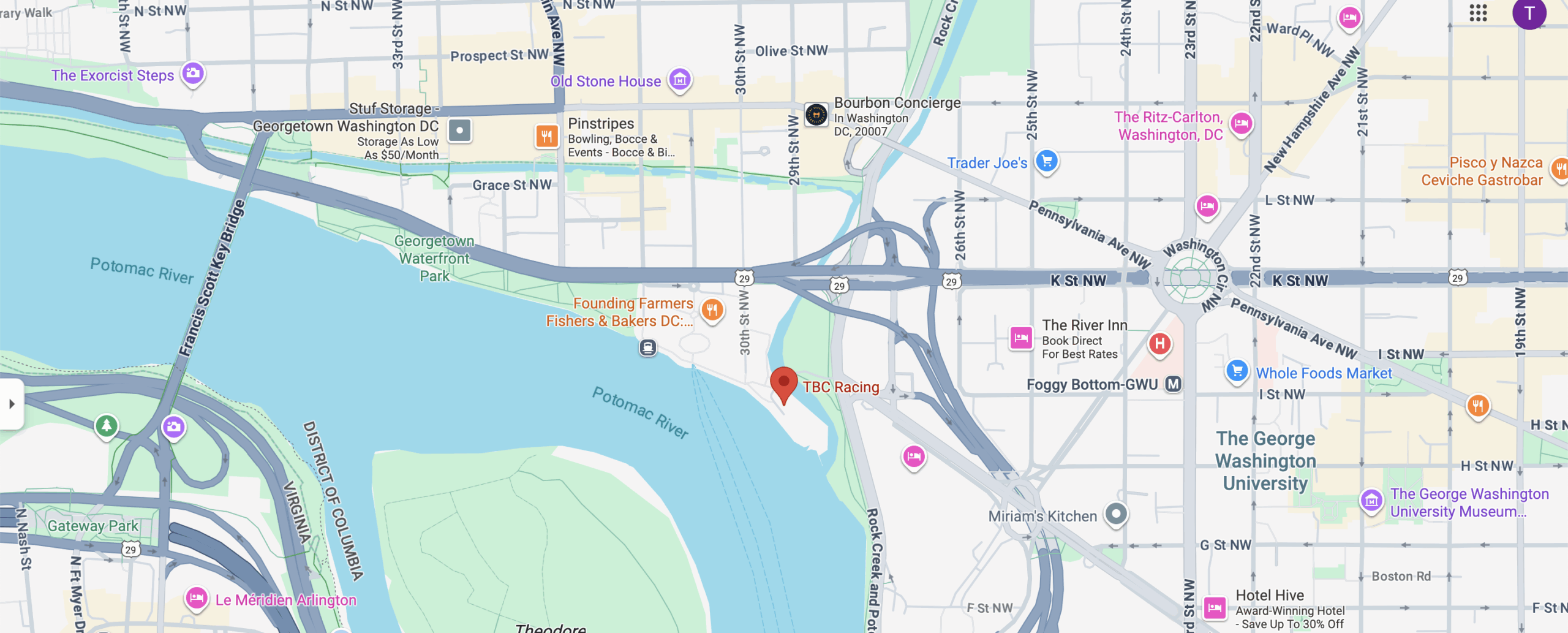Discover the Joy of Rowing—Fitness, Teamwork, and Fun on the Water.
Our Learn to Row programs are designed for beginners, age 12 to 18 —no experience necessary. Whether you’re looking for a new challenge, a fun way to stay active, or the first step into competitive rowing, our coaches will guide you through the fundamentals in a supportive and welcoming environment.
Discover Rowing with TBC Racing
Rowing: The Ultimate Team Sport
Want to try something new, exciting, and challenging? Rowing is one of the fastest-growing sports for high schoolers—and it’s unlike anything else.
Our Learn to Row programs are built for beginners, no experience needed. You’ll learn the basics, get out on the water, and experience what it’s like to move a boat in perfect rhythm with your crew. It’s tough, it’s fun, and it builds strength, endurance, and friendships that last long after practice ends.
All of our top athletes started in Learn to Row, and some have gone on to race at national and international levels. This is where it all begins—are you ready to take your first stroke?
High School
For athletes in high school, our Novice program will take new athletes during the Spring and Fall and start by teaching the fundamentals, progressing to racing at the end of the season.
This is a 6-day per week program, Monday-Friday, plus Saturday morning practice if there is no race that weekend. Like other high school sports, the expectation is that athletes attend every day.
Registration Opens January 1Middle School
For kids at least 12 years old and in middle school, with no rowing experience, or only a summer camp under their belt, our Discover Rowing program gives these young athletes an introduction to rowing in a relaxed 3-day a week environment. Practicing Monday, Wednesday and Friday each week, this group will learn the rowing technique and how to push themselves physically.
Registration Opens January 1FAQ’s About Rowing
At the beginner level the best attire is layers appropriate for the weather. Slightly tight fitting is best. Spandex shorts, leggings, joggers, non-baggy shorts, non-cotton layers. There are shoes in the boat so you row in socks, but should always have sneakers for practice for land work before and after your row.
In “Sweep” style rowing, each rower has one oar, while in Sculling each rower has two oars. The boats in Sweep rowing are called Eights, Fours, and Pairs. The boats in Sculling are called Quads, Doubles and Singles.
Not at all. Rowing is more about technique, timing, and endurance than raw strength. Strength develops naturally as you train.
You need strong everything to row! It’s a full body workout, starting with your legs, your core, and yes, a bit of arms. People are usually surprised to learn that what moves the boat is pushing your legs and connecting that power through to the oar in your hands.
Small boats, like singles (1 rower) and pairs (two rowers who each have one oar), are fairly tippy. However, these are boats that an athlete will row as they advance in the sport. The larger fours and eights almost never tip over. It is a water sport though so anything is possible. The coaches are in motor boats next to the boats they are coaching and they have life jackets for every rower and both the boats and the oars float.
A coxswain (pronounced “cox-in”) is the person who sits in the boat but doesn’t row.
Instead, the coxswain’s job is to:
- Steer the boat using a rudder.
- Call the stroke rate and rhythm to keep the crew in sync.
- Motivate and coach during practices and races (they give technical feedback and strategy calls).
- Make race decisions — when to push harder, adjust course, or sprint.
- Ensure safety by watching for obstacles, other boats, and staying aware of conditions.
In short, the coxswain is like the on-water coach + driver + cheerleader all rolled into one
Erg is short for Ergometer. It is a workout machine that you will see in gyms, basements and boathouses! The erg is used for land based training, and simulates the resistance of the water against the oar. There are metrics measured by the machine to gage power application, strength and endurance. These values are used as one way to evaluate a rower’s boat moving ability.
Rain, snow, heat and cold don’t stop practice or racing from happening. The enemy of rowing is wind and lightening. Safety first! If the water is not rowable coaches will let athletes know the day of practice.
Nope! You stop by rowing less or by using the oars to drag water.
That’s why we have coxswains… or bow seat looks out in smaller boats!
“Catching a crab” in rowing happens when a rower’s oar blade gets stuck in the water instead of exiting smoothly. This can cause the oar to jerk violently, throw off timing, or even knock the rower off balance. It’s one of the most common mistakes beginners make, and while it sounds funny, it’s a serious reminder of how important timing and technique are in rowing.

